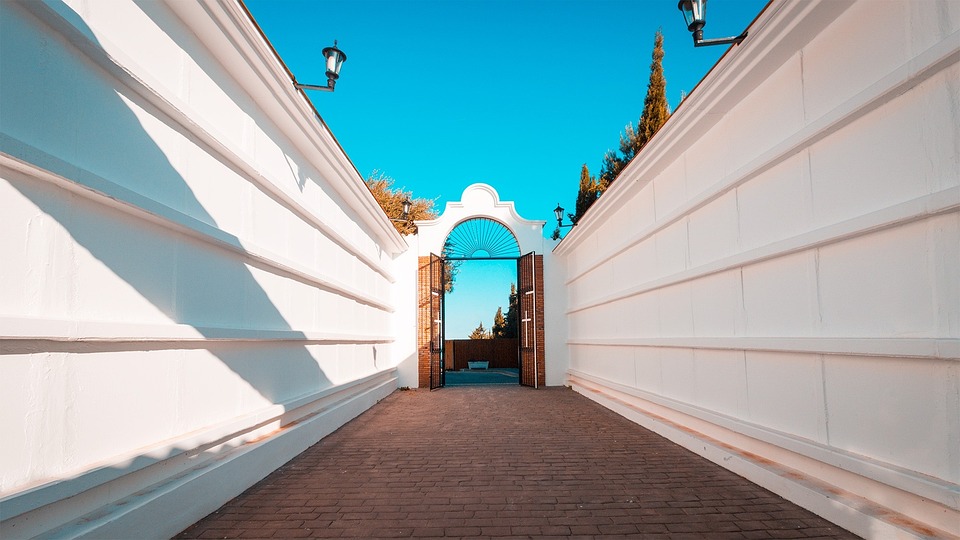Introduction
Girona, a charming city in Catalonia, Spain, is a hidden gem that offers a visual feast for architecture enthusiasts. Steeped in history and blessed with an eclectic blend of architectural styles, Girona provides a unique opportunity to wander through centuries of human creativity and innovation. This article aims to take you on a journey through Girona’s architectural marvels, showcasing its rich heritage and captivating structures.
The Onyx Bridge: A Modern Marvel
Our architectural journey begins with the impressive Onyx Bridge, which gracefully spans the Onyar River. This modern marvel, designed by the renowned Spanish architect Rafael Moneo, is a testament to the city’s commitment to blending contemporary design with its historic surroundings. The transparent onyx panels used in the bridge’s construction create a mesmerizing play of light and shadow, enhancing the bridge’s aesthetic appeal.
The Cathedral of Girona: Gothic Grandeur
No exploration of Girona’s architectural wonders would be complete without visiting the Cathedral of Girona. This majestic structure, with its imposing Baroque façade and soaring Gothic nave, dominates the city’s skyline. Stepping inside, one is immediately struck by the intricate stained glass windows that bathe the interior in a kaleidoscope of colors. Climbing the 90 steps to the cathedral’s bell tower rewards visitors with breathtaking panoramic views of the city.
The Arab Baths: Remnants of the Past
Continuing our journey through time, we venture to the Arab Baths, an ancient 12th-century structure that reflects the influence of Islamic architecture in the region. The Arab Baths, or “Banys Àrabs” in Catalan, were used for ritual purification and offer a glimpse into the everyday life of Girona’s past inhabitants. With its domed ceilings, horseshoe arches, and intricate stonework, the baths transport visitors to a bygone era.
The Sant Pere de Galligants Monastery: Romanesque Charm
Nestled amidst lush greenery, the Sant Pere de Galligants Monastery is a symbol of Girona’s Romanesque heritage. Founded in the 12th century, this elegant structure stands as a testament to the city’s cultural and religious history. The delicate arches, ornate carvings, and tranquil cloisters of the monastery create a serene atmosphere, inviting visitors to immerse themselves in the spirituality and tranquility of the place.
FAQs
Q: How can I reach Girona?
A: Girona is easily accessible by air through its own international airport. It is also well-connected by train and bus services from various cities in Spain.
Q: Are these architectural marvels open to the public?
A: Yes, all the mentioned architectural wonders are open to the public. However, it is recommended to check their visiting hours and any entry requirements before planning your visit.
Q: Are there guided tours available in Girona?
A: Yes, Girona offers guided tours that provide insightful information about the city’s history, architecture, and cultural significance. These tours are a great way to explore and learn more about Girona’s architectural marvels.
Q: Can I take photographs inside these buildings?
A: Photography policies may vary for each site. While photography is generally allowed, it is advisable to check with the respective authorities or guides for any specific restrictions.
Q: Are there any other architectural gems to explore in Girona?
A: Absolutely! Girona is replete with architectural treasures waiting to be discovered. Some additional notable structures include the Plaça de la Independència, the Jewish Quarter, and the colorful houses on the riverfront.

